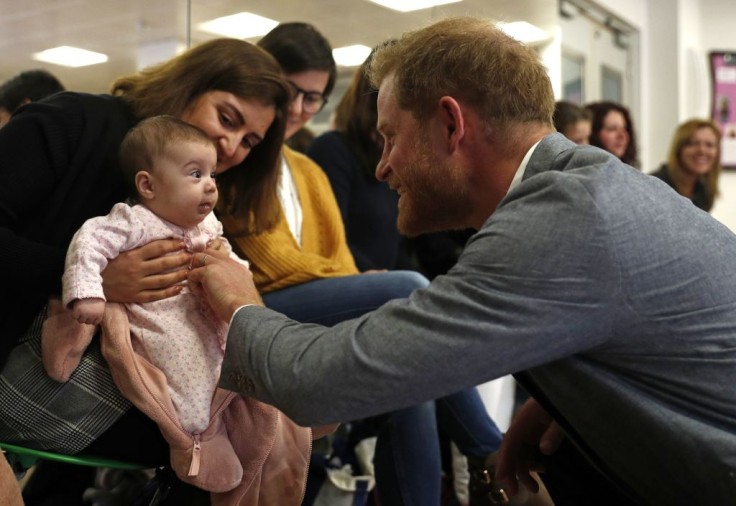
Watching a baby begin to explore the world outside the womb is an astonishing experience, especially as their vision develops.
In the first six months, babies begin to see the world in color and with growing depth and clearness, showing a captivating curiosity. Newborn eyesight improves gradually over the first few years, with daily changes and advancements in their vision.
When Do Newborns Start to See?
Newborns initially see a blurry world. At birth, their vision is about 20/400, far from perfect 20/20 vision, which takes three to five years to attain.
During the first week to three months, babies can focus on objects and people close to them, about 8 to 10 inches away. They can hold their stare for a few seconds but cannot differentiate between dissimilar objects.
It's natural for babies' eyes to appear crossed or to wander, but as they grow, their vision will progress. By 2 to 3 months, babies can focus on and follow moving objects, and by 3 months, they start reaching for them.
The Visual Development Timeline
Baby Vision at 4 to 6 Months
Between four and six months, a baby's ability to see color and perceive depth improves significantly. Their eyes start to align and work together more effectively, processing information better.
According to experts, babies gain better control over their eye movements and improve their eye-body coordination. Clarity of vision and depth perception also get better during this period.
By four months, the frequency of crossed eyes decreases, and by six months, it should stop altogether. Babies at this age can see across a room.
Baby Vision at 7 to 9 Months
From seven to nine months, a baby's eyesight persists to sharpen in terms of visual acuity, depth, and color. Babies at this age can recognize shapes and patterns and see much farther distances, including recognizing familiar faces from across a room.
Crawling, which typically starts around eight months, further enhances eye-hand-foot-body coordination.
Baby Vision at 10 to 12 Months
Around ten to twelve months, babies begin to see almost as clearly as adults. By their first birthday, parts of the eye and the visual part of the brain have matured enough for their vision to approach 20/20.
Although most babies cannot yet articulate what they see on a standard eye chart, they have significantly improved visual experience.
Milestones like the pincer grasp help further develop their vision, allowing them to judge distances more accurately and throw objects with greater precision.
Newborns initially see mostly light and dark contrasts and perhaps some bright colors. Over the first few months, they begin to distinguish more colors, especially red and green. By around five months, their color vision, while still developing, becomes quite good.
Signs of Vision Issues
Parents should be aware of certain signs that may indicate vision problems, such as lack of eye contact by three months, failure to track objects by four months, eyes that turn in or out frequently by six months, excessive tearing, discharge, rhythmic eye movements, head tilting, different-sized pupils, or extreme light sensitivity.
If any of these signs appear, consulting a doctor for a complete eye examination is crucial.
Parents can help the baby's vision growth by using nightlights, talking to the baby, keeping objects 8 to 12 inches away, and switching sides during feeding.
Developmentally suitable toys, such as high-contrast objects for newborns and blocks for older infants, are beneficial.
Encourage floor play, crawling, and outdoor protection with sun hats and sunglasses. Regular pediatrician and optometrist checkups are important to monitor and help healthy vision growth.
Related Article: Skin to Skin Benefits: Why It's Important to Have Skin Contact Between Newborns and Moms